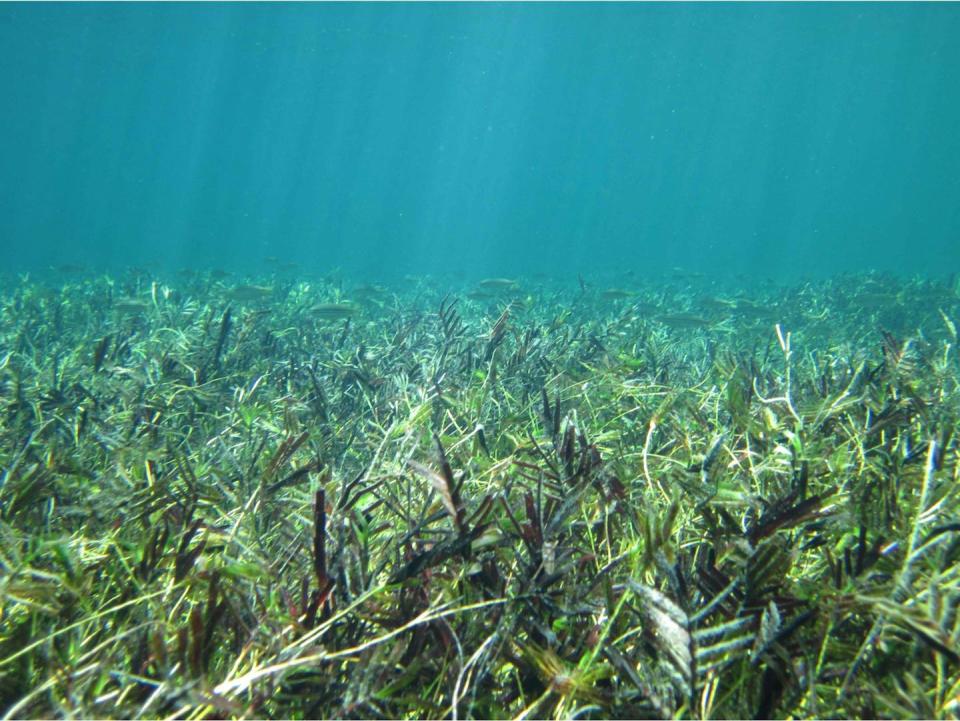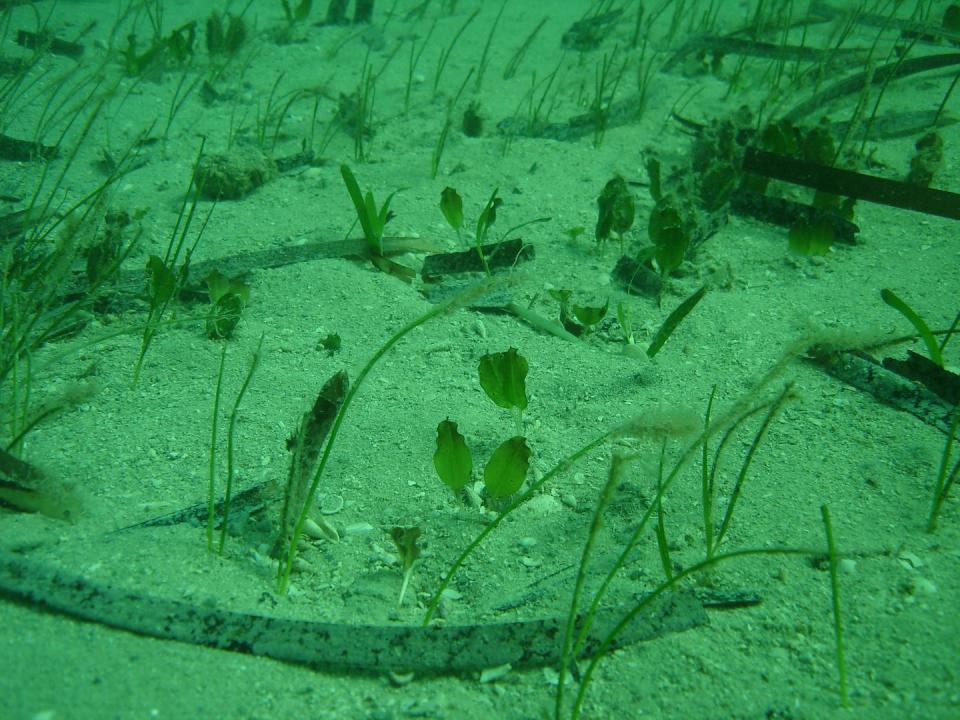There are over 500 species of sharks in the world’s oceans, from the 7-inch dwarf lanternshark to whale sharks that can grow to over 35 feet long. They can be found from polar waters to the equator, at the surface and miles deep, in the open ocean, along coasts, and even in some coastal rivers.
With such diversity, it is no surprise that sharks serve many ecological functions. For example, the largest individuals of some large predatory fish, such as tiger sharks and great white sharks, can play an outsized role in maintaining the balance between species. They do this by feeding on prey and sometimes by simply being present and scary enough that prey species change their habits and locations.
In a recently published study, colleagues and I reviewed decades of research on the ecological role of sharks and considered their future in human-dominated oceans. We found that because sharks perform such diverse and sometimes important roles in maintaining healthy oceans, their current decline is an urgent problem. Since 1970, global populations of sharks and rays have declined by more than 70 percent.
Humans are killing many species of sharks at unsustainable rates, largely through overfishing. We are seeing countries rethink where and how to protect sharks for healthy oceans.
How Sharks Grow Seagrass
More than two decades of research on the remote coast of Western Australia has shown that the mere presence of tiger sharks affects the entire seagrass ecosystem by changing the way large grazers such as sea turtles and dugongs feed.
Having tiger sharks nearby protects large areas of seagrass from overgrazing, allowing them to grow into thick underwater meadows that provide habitat for young fish and shellfish. These species are important food for other animals and for humans.



Where tiger sharks have declined and turtle populations have increased, seagrasses are overgrazed. In Bermuda, for example, the exploding turtle population has led to a near total collapse of seagrasses.
Great white sharks are causing some of the same effects. Along the California coast, where great white sharks are increasing, otters are spending more time in the safety of protected inland waters and less time in the open waters of Monterey Bay. The otters prey on crabs, which in turn feed on grazing invertebrates such as sea snails that clean algae from seagrass. More otters means fewer crabs, more grazers, and healthier seagrass.
Kelp forests and reefs
Kelp forests are dense stands of large brown algae that grow in shallow areas near shorelines. Along the U.S. West Coast, overhunting led to the extinction of local populations of sea otters in the early 1900s. This caused massive losses of kelp forests because sea urchins—a favorite food of otters—were able to spread and eat the kelp.
Otter populations have rebounded over the past 50 years thanks to federal protections. But as white sharks expand their ranges north, they are preventing otters from expanding their ranges because there are no kelp forests for the otters to hide in.
The otters will likely not expand their range until kelp forests are established. This complicates restoration efforts, as otters will not remove enough sea urchins to allow kelp to establish.
When sharks are present near coral reefs, fish avoid the sharks by staying close to the safety of the reef. This reduces grazing of seagrass and algae over large areas. However, there is still much to learn about when, where, and how sharks can be important to the health of coral reefs.
Food and Nutrition Resources
Sharks can also be prey. Some, including large species such as great white sharks, are important food sources for some orca populations around the world. Smaller sharks, including blacktip sharks, can be important menu items for larger sharks, such as great hammerheads.
As sharks consume prey in one place and excrete waste elsewhere, they move nutrients through the ocean. In the Pacific Ocean, for example, gray reef sharks move nitrogen from the offshore waters where they feed to the coral reefs where they spend their days, providing important fertilizer for ocean food webs.
In the coastal waters of Florida, young bull sharks feed during short visits to the ocean, then return to safer rivers with near-fresh water, where they spend most of their time and deposit nutrients in their feces.
Sometimes the presence of sharks helps other fish. In the open ocean, the rough scales of sharks are perfect scratching posts for fish to remove parasites.
Protecting the role of sharks
Our research clearly shows that sharks play multiple roles in maintaining healthy oceans, and we see important implications for shark conservation.
Step 1 would be to set goals that go beyond just ensuring sharks in the oceans and focus on species that play important ecological roles.
Within populations, it is important to protect certain species of individual sharks. For example, the largest tiger sharks are the ones that determine the behavior of turtles and manatees, which is beneficial for seagrass ecosystems. Intensive fishing worldwide makes it extremely challenging for large sharks that can live for decades or even centuries to survive and grow to ecologically important sizes.
Working with local communities in coastal areas can build support for the protection of these large ocean predators, just as conservationists work on land to protect iconic predators like wolves. Countries can build networks of large protected areas that ban shark fishing, focusing on key areas where individual sharks can roam.
Research shows that sharks benefit from creating protected areas, limiting shark catches outside of these zones, and restricting the use of fishing gear that most harms sharks, such as gillnets and longlines. With a clearer understanding of the ecological value of sharks, my colleagues and I hope that targeted action will be taken at all levels to protect these vital animals.
This article is republished from The Conversation, a nonprofit, independent news organization that brings you facts and reliable analysis to help you understand our complex world. It was written by: Michael Heithaus, Florida International University
Read more:
Michael Heithaus receives funding from the Shark Conservation Fund and the National Science Foundation.